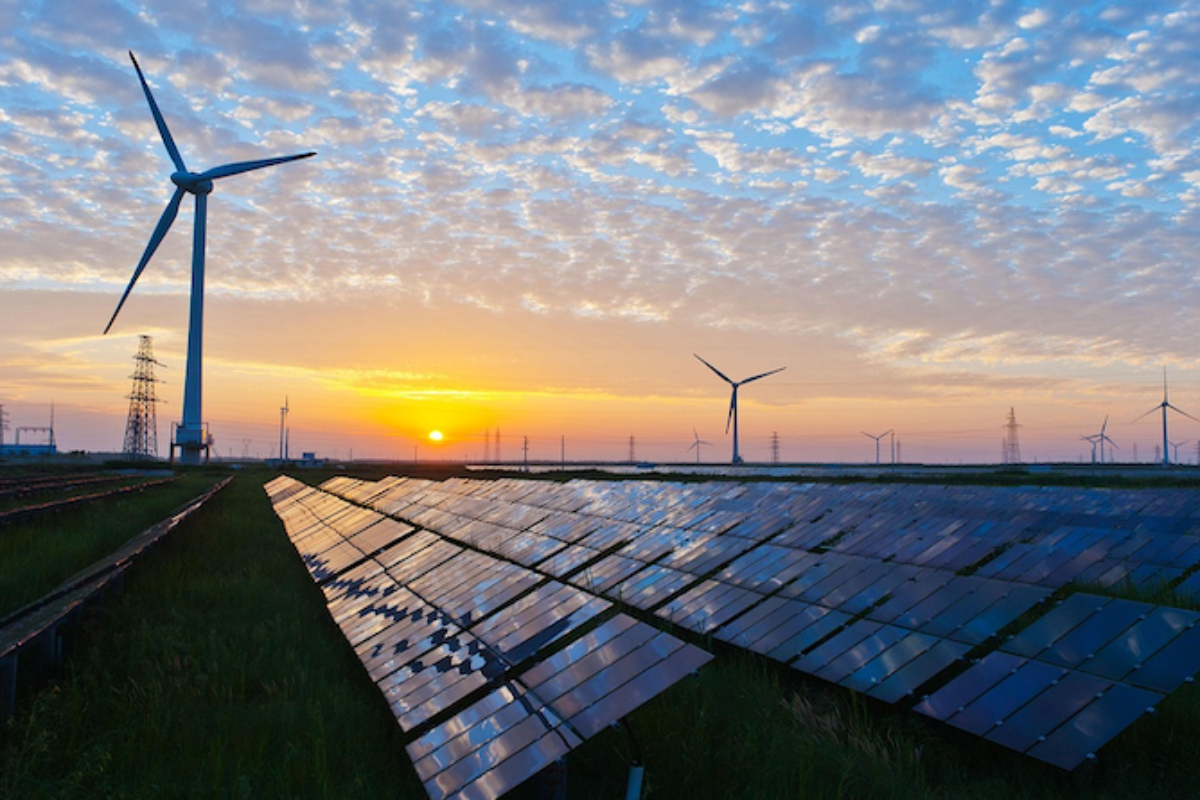As heatwaves, flooding and droughts become more frequent and severe, the need for global climate cooperation has never been greater. But at this crucial juncture, the world faces a significant collective action dilemma, particularly regarding China. (eurasiareview.com)
While working with China is recognised as essential for global efforts to limit temperature rises, China is often seen as a risk in the clean technology sector. This includes solar panels, batteries and electric vehicles — all crucial tools for decarbonising the energy sector. Dependence on these technologies is a vulnerability in global supply chains.
Yet few countries are willing to bear the economic costs of decoupling from China. Strategies like ‘diversification’ and ‘China-Plus-One’ have emerged as pragmatic alternatives in the clean energy transition.
Financial news subscriptions
These approaches aim to maintain engagement with China while reducing reliance on Chinese suppliers by fostering more resilient supply chains and partnerships.
China leads the global clean technology industry supply chain — from critical mineral production to value-added processing and downstream manufacturing. Other Asia Pacific countries possess advantages such as resource endowments, local market potential and labour advantages. But these advantages alone will not guarantee a thriving clean technology industry.
Clean industrial development requires extensive efforts to foster an ecosystem. Companies must both collaborate and compete across the entire supply chain, including in raw material supply, research, infrastructure and manufacturing.
China’s success is illustrative. Initially reliant on imports, its current dominance in clean technology is the result of decades of sustained policy support. This extends beyond subsidies and targets, involving long-term investment, research and development backing and the development of integrated industrial clusters.
With this supportive policy environment, Chinese companies have actively engaged in innovation rather than copying foreign technologies. By leveraging collaboration with international partners, they have built a global competitive edge.
Even with China’s highly supportive policies, it took decades for its companies to achieve this success. By the time local supply chains in Asia Pacific countries take shape, they may find themselves lagging even further behind as Chinese companies continue to improve technologies and cost efficiency.
Establishing a clean technology ecosystem in the Asia Pacific represents a promising strategy for accelerating thelearning curve across the region by leveraging Chinese technology know-how and industrial strengths.
Tapping into the complementary strengths of Asia Pacific nations — such as raw materials, technological expertise, market demand, skilled labour and geographic proximity — holds significant potential for industrial upgrading, economic growth and job creation.
Utilising the region’s rich clean energy resources provides opportunities to reduce the carbon footprint associated with the energy-intensive segments of clean technology industries, such as raw material processing.
Rather than offshoring the manufacturing of clean technology products to regional neighbours, this strategy offers substantial opportunities to elevate China’s clean technology industry from a production-focused model to one that is more service and innovation oriented.
This transition will particularly benefit the producer services sector — the ‘software’ of China’s clean technology industry — specialising in providing tailored services such as consulting, design, advisory and technical support for product manufacturing.
While some might question the practicality of such cooperation with China due to rising concerns about economic resilience and national security, building a regional clean technology ecosystem could help address these issues.
In a regional system with overlapping and mutually reinforcing supply chains, complex dependencies emerge among countries at various stages of the supply chain. While some nations may have greater control over specific parts, no single country dominates the entire ecosystem, making it much harder for any one country to effectively weaponise economic interdependence.
More diversified regional supply chains could enhance Asia Pacific countries’ ability to navigate geopolitical dynamics, as having multiple sources for similar products and access to different markets provides greater flexibility and resilience in the face of political and economic turbulence.
Collective efforts have already begun to foster clean industries across the Asia Pacific, with significant Chinese investment flowing into Southeast Asia, largely driven by fierce competition at home and narrowing prospects in Western markets.
Moving forward, existing efforts driven by short-termism will not suffice. More coordinated actions, facilitated by regional and multilateral frameworks, are necessary to guide the long-term development of clean industries and address practical issues that may arise along the way.
For decades, increased economic cooperation — through more intensive cross-border trade, technology transfer and joint research and investment — has been the cornerstone of socio-economic progress, especially for trade-dependent Asia Pacific economies.
Staying on this path, rather than reverting to fragmentation, is crucial for realising their clean industrialisation ambitions. This approach will ensure access to external markets, cross-cutting technologies, innovation capabilities and financial resources, including those from China, all of which are essential for driving the region’s transition to a sustainable and prosperous future.












